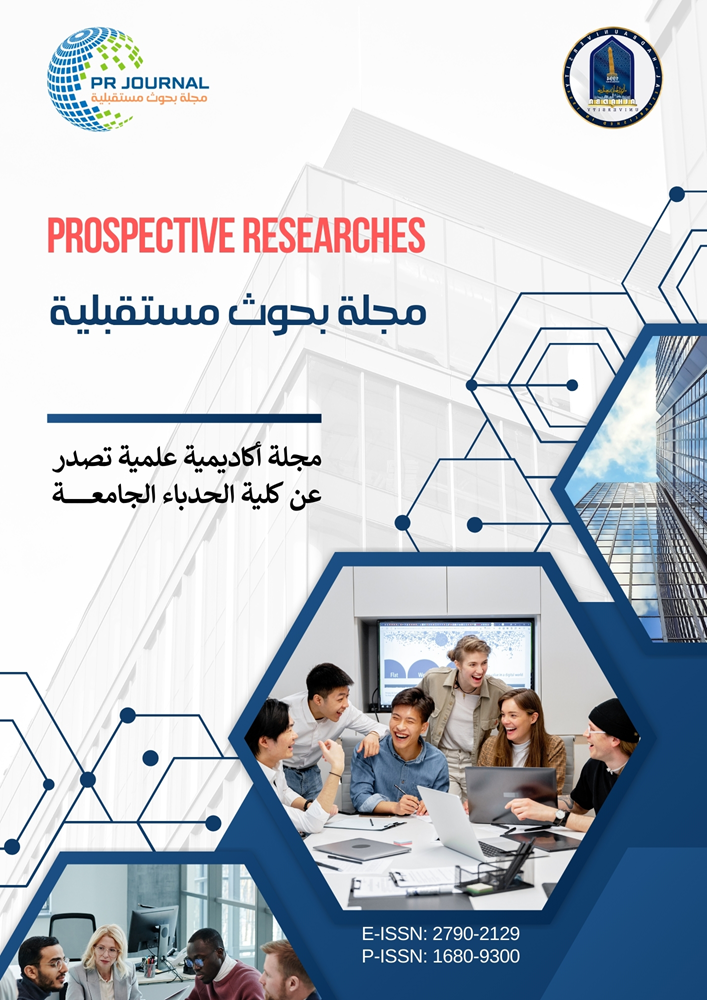مرحلة الانحدار المنظمي المفهوم والاسباب والاستراتيجيات
Abstract
This research is about one of the vital stage in the organizational life cycle, this stage is decline. The aim of this research is tum around about the determination of the concept of decline, its indicators and the appropriate strategies that must pursue to avoid the negative influences of this state.
Organizational decline stages consists of five continuous stages, these are: Blinded, Inaction, Faulty Action, Crisis and Dissolution.
There are many negative influences by organizational decline stage in many aspects in organization such as: employee, systems, procedures and performance measurements, these influences lead to do anything for correctly avoidance this pressure and influences.
In blinded stage, the top management in organization needs to make certain that potential problems do not go unnoticed. Therefore, management must distrust business as usual thinking by developing efficient, formal environmental scanning systems and internal system.
In the second stage of decline, the appearance of performance gap, the top management must actively encourage challenges to existing methods.
In the third stage of organizational decline the organization must adopt the strategy of incremental improvements.
In the fourth stage of organizational decline the organization's ability to change direction is hampered because previous failures have seriously diminished human and financial resources. Therefore, the organizations needs to decisive leadership and unswerving employee support. The quality of organization's manager and the quality of the relations between organization and its employees will be a key factor if an organization is to survive the crisis stage.
In the last stage, the organization with bankruptcy needs special managerial skills required for orderly closing.
Downloads
Published
How to Cite
Issue
Section
License

This work is licensed under a Creative Commons Attribution-NonCommercial-NoDerivatives 4.0 International License.
Copyright © 2025 by the authors. This work is licensed under a Creative Commons Attribution-NonCommercial-NoDerivatives 4.0 International License (CC BY-NC-ND 4.0). You may not alter or transform this work in any way without permission from the authors. Non-commercial use, distribution, and copying are permitted, provided that appropriate credit is given to the authors and Al-Hadba University.







